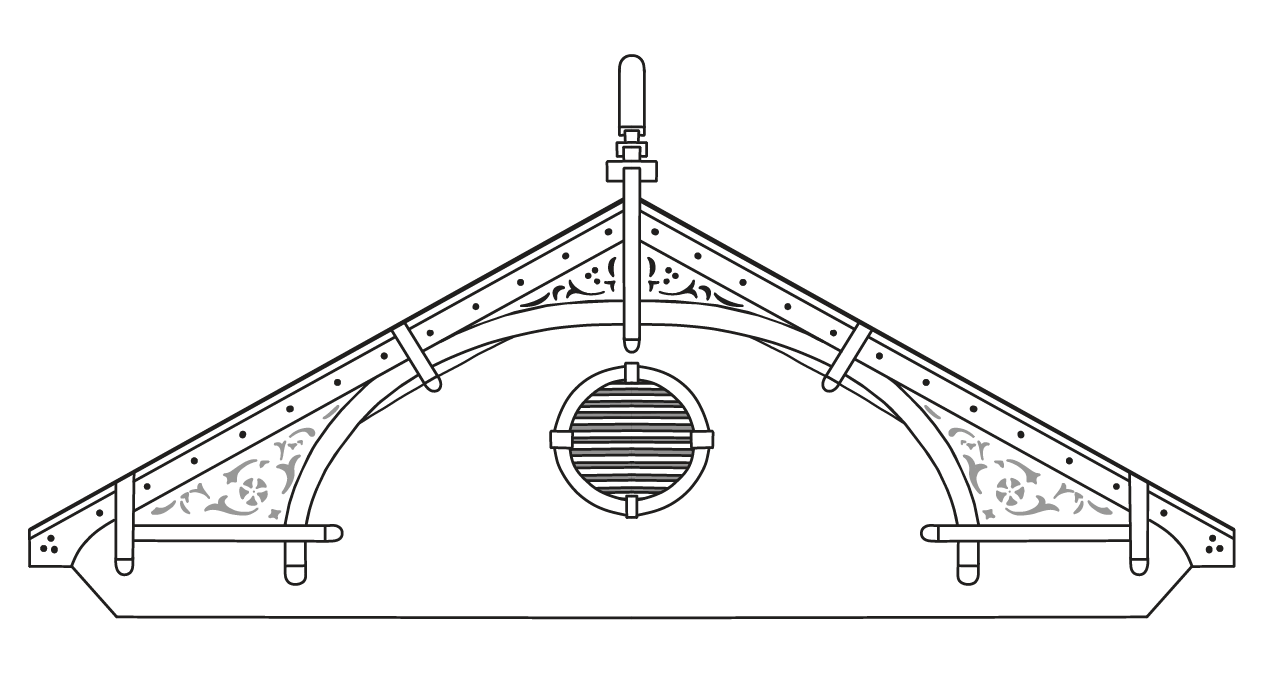
Distinguished Guests
It gives me particular pleasure to be addressing you today, as this is likely my last Smuts Memorial Service, which I think is either the 52nd or 53rd one I’ve attended.
With the plague enforced break of what was Ops Normal, the General Smuts Foundation has most appropriately seen fit to remember the involvement of Jan Smuts’ in the formation of the South African Air Force. The SAAF turned 100 on 1 February 2020, the celebration of which extremely significant event was sadly well short of hopes and expectations due to the onset of the plague as well as political interference from one person in particular, not a member of the Air Force, who was steadfast in his determination that the SAAF only came into being in 1994. I should state that I’ve known every Chief of the South African Air Force for the past 48 years personally and without exception they acknowledged fully the primary role Jan Smuts played in the creation of the SAAF.
For clarity, I refer to Jan Smuts as “Oubaas” which is how the Smuts family, even Ouma, referred to him. For me to relate the role of the Oubaas in the establishment of the South African Air Force I need first to explain how the oldest independent Air Force in existence and which my late father called ‘The elder family Air Force, the Royal Air Force, came into being.
In 1917 England had two Air Services, the Royal Flying Corps, in effect an Army air wing and the Royal Navy Air Service with the Royal Flying Corps occupying itself with matters on the Western Front, while the Royal Naval Air Service concentrated on the Channel. To complicate further an already complex situation, the “Army and Navy had on order “9483 aircraft of 76 varieties and 20000 engines of 76 kinds”. After having delivered a report to Parliament on 18 July 1917 regarding the air defences of British cities against German bombing raids, the Oubaas delivered a second report on 17 August which Air Vice Marshal Tony Mason in 1986 referred to as “the single most important document in the history of air power”.
The Smuts House Museum is proudly powered by WordPress